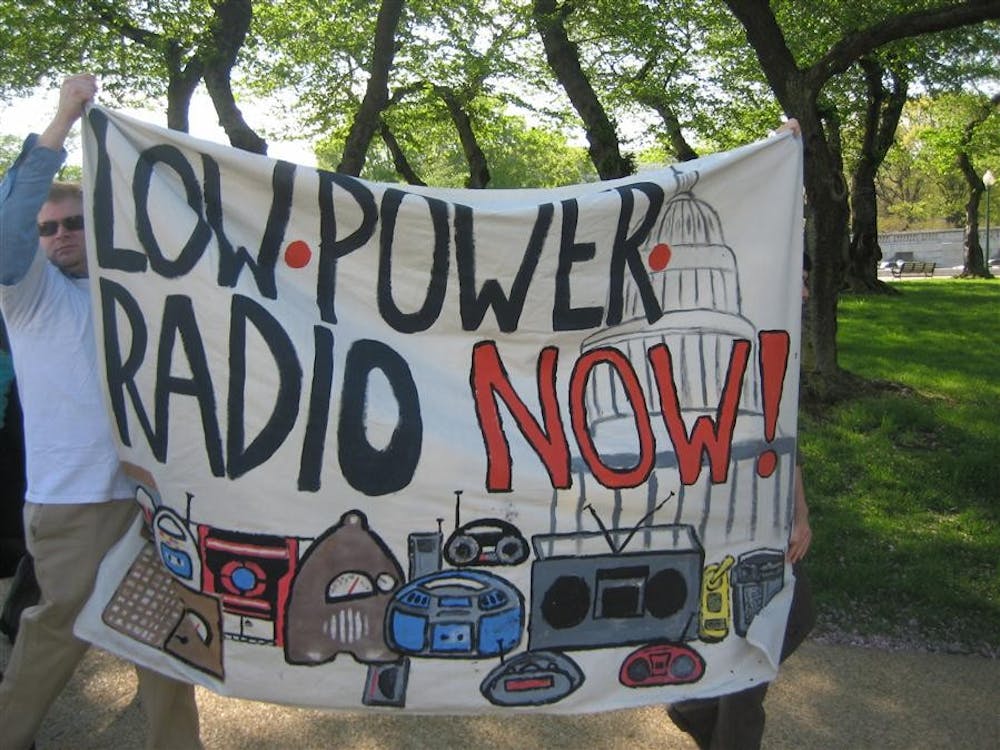What is it called when inefficient planning leads to an unnecessary waste of societal benefits?
That depends who you ask. In economics, those forfeited benefits are known as “deadweight loss.” An unorthodox example not included in economics textbooks is “dead air” or silence on a radio station’s airwaves when it fails to produce any sound. Coincidence? Hardly. In any case, there is an irreversible loss. Some type of opportunity “dies,” and we never get it back.
The Federal Communications Commission has been known to punish stations for producing too much dead air by dishing out multi-thousand dollar fines liberally. The goal, of course, is to send the message that DJs are obligated to use up all their allotted airtime because every second wasted is one that instead could have gone to someone who actually had something to say.
But dead air exists well beyond the grand sum of those quiet moments between R. Kelly and a Dr. Scholl’s commercial. Historically, much of it has resulted from laws prohibiting certain stations from broadcasting on certain airwaves, which then end up totally unused.
As they tend to do, America’s major cities take the wasteful cake here. Low-power FM stations (under 100 watts) have long been prohibited from taking up airwaves in our top-50 radio markets (essentially a rearranged list of our 50 biggest cities). Many commercial station broadcasters, territorial as we humans are, feel threatened by low-power FM in their city. The result has been the silent death of opportunity known as dead air — and lots of it.
After failed legislations in 2005, 2007 and 2009, the government has finally decided that protecting the business of commercial stations isn’t exactly a priority. In December, President Obama signed the Local Community Radio Act of 2010, which at last opens the door for low-power FM stations to broadcast in these urban areas. It’s safe to say the FCC scored points with me on this one.
Low-power FM stations like Bloomington’s WIUX are nonprofit, which means, unlike commercial stations, they play the music that they happen to feel like playing. They have no incentive not to.
Needless to say, this is great news for avid music listeners who enjoy brand-new sounds from brand-new artists. But even better, there will now be stations focusing on their own city’s local music scene — something that commercial stations practically never did. If you’ve had the chance to hear FM radio in more than one big city, you’ve noticed that the playlists might as well be identical. New York stations play as much Red Hot Chili Peppers as those in Los Angeles do Jay-Z.
Now, not only will an entire league of worthy artists finally achieve the level of fame they have long deserved, entire cities will finally hear their own voices.
For musicians trying to gain exposure, FM radio remains one of the most effective mediums. It certainly was less obsolete in decades past, but one of the main reasons it ever lost popularity is because nobody wants to sit through the same overplayed singles just to hear one song anymore — especially not with online radio services like Pandora and Last FM at our fingertips. A return to variety might be all it needed all along.
Above all, the Local Community Radio Act is rewarding the broadcasters who are in closest touch with their cities while benefiting artists and listeners.
May dead air finally rest in peace.
Low power radio is 'dead' but not forgotten

Get stories like this in your inbox
Subscribe





